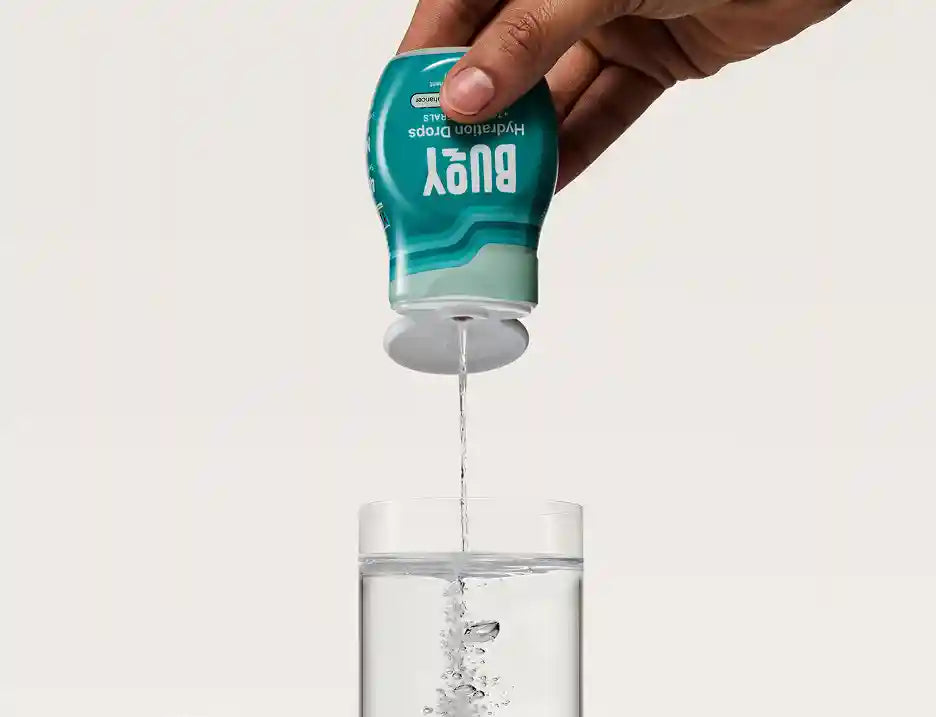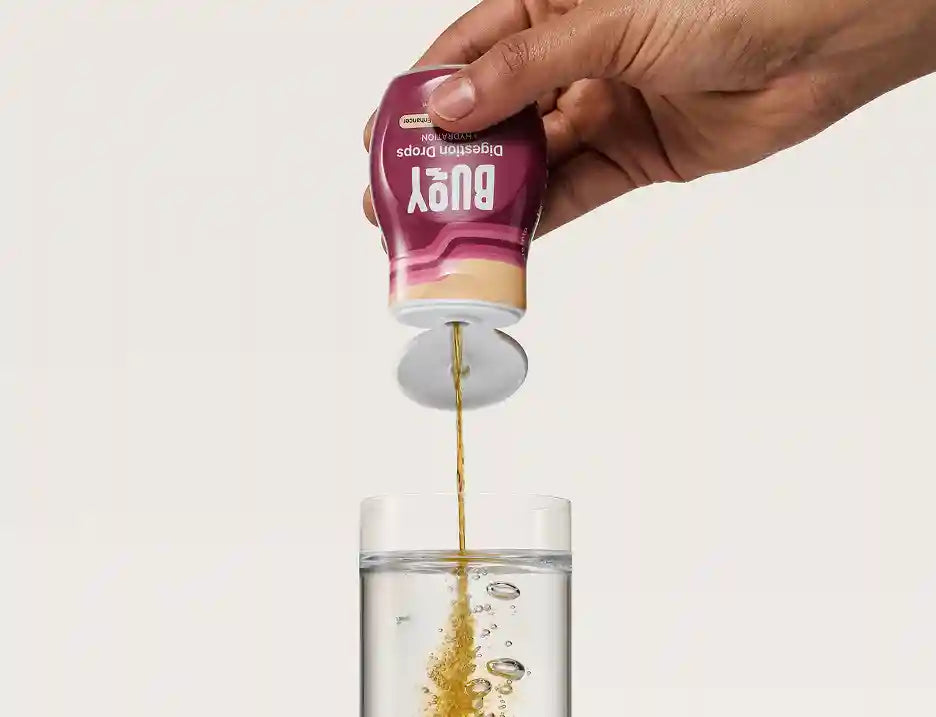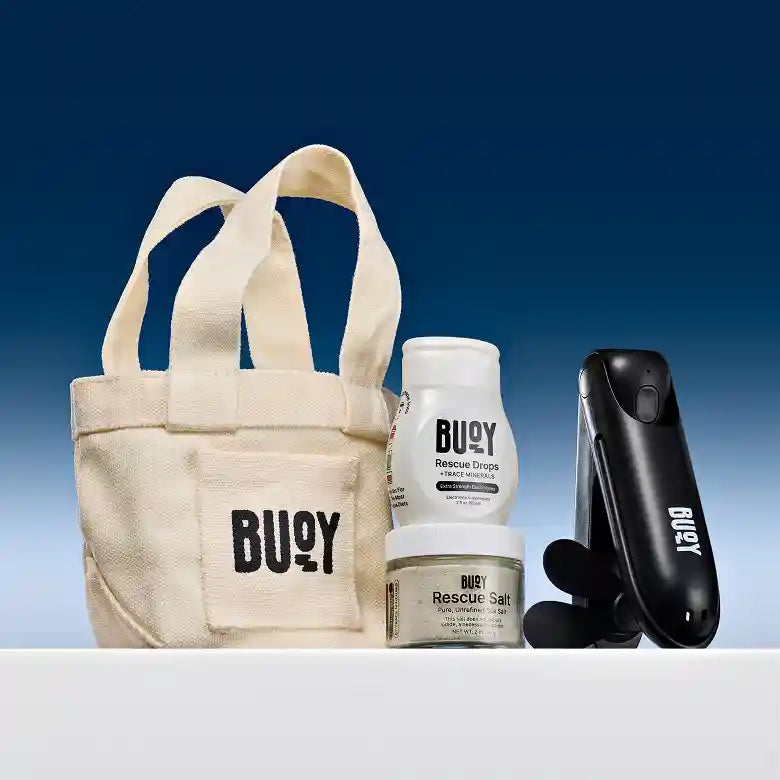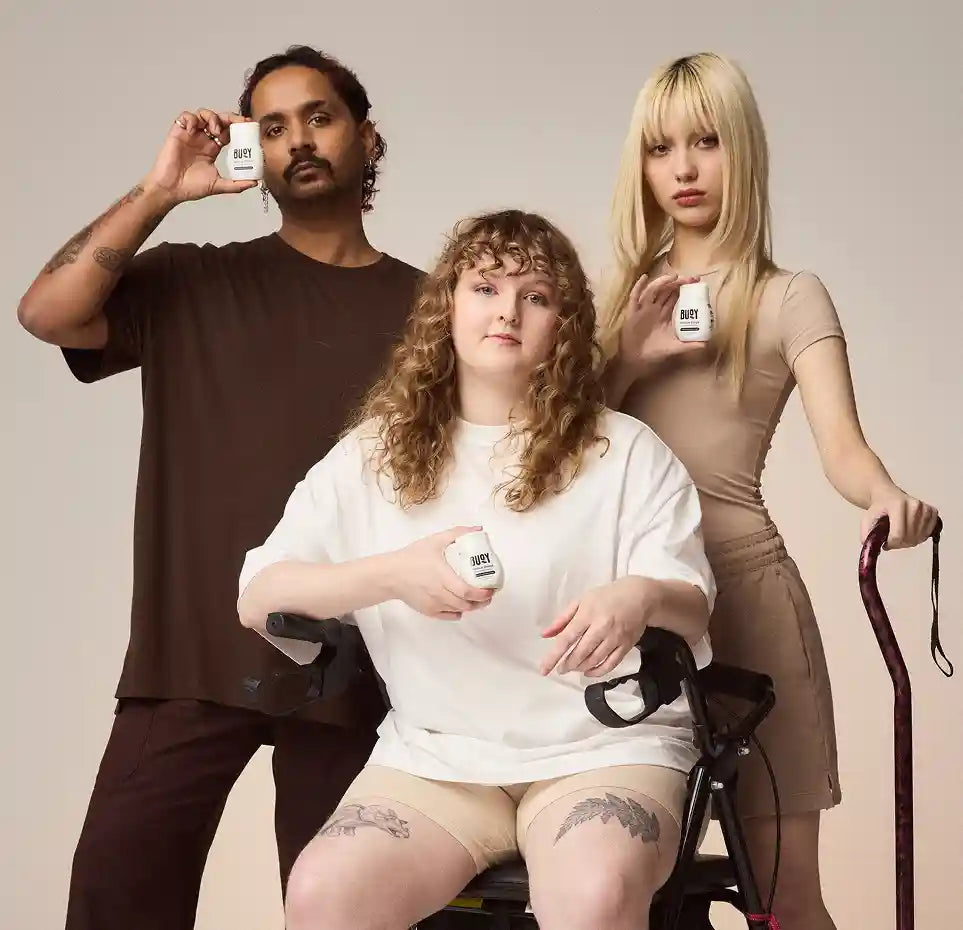
Post-Shower Care for POTS Patients: Tips for Managing Symptoms
For those living with Postural Orthostatic Tachycardia Syndrome (POTS), even simple tasks like showering can be exhausting. The dizziness, leg pain, and overwhelming fatigue that often follow aren’t just frustrating—they can make this basic task feel impossible.
But it doesn’t have to be this way. This guide will explore why showers are challenging for POTS patients, share strategies to make them more manageable, and offer alternatives for high-symptom days.
Essential Takeaways:
- Showing Can Be a Challenge for POTS Patients: Do you experience dizziness, leg pain, and extreme fatigue after showers? You’re not alone. These symptoms are common for many with POTS. To make the experience more manageable, try taking cooler, shorter showers, or using a shower stool to sit and reduce strain on your body.
- Optimal Hydration is Crucial for Managing POTS Symptoms: Staying hydrated with at least 2 to 3 liters (8-10 cups) of fluids and approximately 10-12 grams of salt daily helps manage symptoms like dizziness and fatigue.¹ High-sodium electrolyte solutions made specifically for POTS can support hydration and make post-shower care for POTS easier.
Let’s turn down the heat on your shower struggles and make this daily routine more comfortable.
- Why Do POTS Symptoms Worsen After Showers?
- How to Prevent POTS Legs After Showering
- Practical Post-Shower Care Tips for POTS Patients
- Alternative Hygiene Methods for High-Symptom Days
- Managing Dizziness and POTS Leg Pain After a Shower
- Creating a Comfortable Post-Shower Environment
- Manage Your Post-Shower Symptoms with Ease
Why Do POTS Symptoms Worsen After Showers?
For people with POTS, a hot shower can lead to worsening symptoms. Standing too long in a hot shower causes blood to pool in the legs, leading to an increase in heart rate, dizziness, and fatigue—three of the most common symptoms of POTS.
The Impact of Showing on POTS Symptoms
Understanding these triggers is the first step in reducing their impact, so you can get through your routine with less discomfort. Let’s explore how you can make simple adjustments to feel more in control during and after your showers.
Not sure if your symptoms are related to POTS? Check out our POTS Symptoms Checklist to learn more.
How to Prevent POTS Legs After Showering
“POTS legs” after showering refers to the heavy, achy feeling many POTS patients experience after standing in the shower. This happens when blood pools in the legs, leading to discomfort and making it harder for blood to circulate properly.
Must-Try Strategies for Post-Shower Symptoms
To prevent POTS-related symptoms from flaring up, try these strategies:
- Take Shorter Showers: Less time standing means less blood pooling in your legs.
- Cool Down: Use cooler water to avoid drastic body temperature changes.
- Use a Shower Stool: Sitting can ease strain on your body and prevent blood from pooling.
- Hydrate Before and After: Drink electrolyte-rich fluids to balance your body and prevent dizziness.
Experts recommend that POTS patients consume at least 2 to 3 liters (8-10 cups) of fluids per day, along with approximately 10-12 grams of salt to maintain optimal hydration and support blood volume.¹
Managing Your POTS Shower Symptoms
By making these simple adjustments, you can prevent POTS legs and make showering a more manageable part of your routine. Managing your symptoms starts with small changes that have a big impact on your comfort and well-being.
Buoy Quick Tip - Start your day with a glass of electrolyte-rich water and keep a water bottle with you throughout the day. This can help you meet your hydration goals more easily and consistently.

For many POTS patients, showers can trigger dizziness, leg pain, and fatigue due to blood pooling and temperature changes.
Practical Post-Shower Care Tips for POTS Patients
Managing POTS after a shower is crucial for reducing symptoms and improving your daily life. Here are some simple yet effective tips that can help reduce those post-shower symptoms:
- Wear Compression Items: Compression socks or leggings can help reduce blood pooling and support better circulation in your legs.
- Elevate Your Legs: After drying off, lie down with your legs elevated to help your blood flow more easily.
- Replenish with Electrolytes: Staying hydrated with electrolyte drinks, like Buoy’s purposely unflavored electrolyte drops, can make a huge difference in managing post-shower fatigue and dizziness.
Managing your post-shower recovery with these practical tips can make a significant difference in reducing dizziness and fatigue. With these techniques, you can take control of your symptoms and feel more at ease.
For more ways to improve your POTS symptoms, read our comprehensive guide: Expert Tips on Managing POTS Symptoms.
Alternative Hygiene Methods for High-Symptom Days
Let’s be real: some days, a shower feels like too much. On those days, there are plenty of alternatives to help you stay clean without triggering symptoms:
- Dry Shampoo: A quick, easy solution for freshening up your hair without needing water.
- Shampoo Caps: These pre-moistened caps let you clean your hair while sitting or lying down and don’t need to be rinsed, making them perfect for high-symptom days.
- Makeup Wipes: These can quickly refresh your face and neck when bending over the sink isn’t an option.
- Soap, Water, and a Washcloth: Sometimes, keeping it simple is best. Use a damp cloth to gently cleanse your body while seated, giving you control without the strain.
On days when a full shower feels overwhelming, alternative hygiene methods offer a convenient way to stay clean without exacerbating your symptoms. Try these alternatives to keep yourself feeling fresh, even on tough days.

Managing Dizziness and POTS Leg Pain After a Shower
If you’re feeling dizzy or your legs ache after showering, you don’t have to just wait it out. Here are some ways to help ease the discomfort:
- Lie Down and Elevate Your Legs: It’s one of the quickest ways to help blood flow and reduce dizziness.
- Slip on Compression Socks: They can keep the blood flowing in your legs, easing pain and preventing further discomfort.
- Hydrate with Electrolytes: Hydrating with electrolyte-rich fluids helps replace lost minerals, especially after a shower.
Taking a few proactive steps can significantly reduce the discomfort, dizziness, pain, and POTS fatigue after showering. By elevating your legs, wearing compression socks, and hydrating with electrolytes, you can help your body recover faster.
Buoy Quick Tip - Chill your water with Buoy Rescue Drops in the fridge overnight for a refreshing post-shower boost. Cold water can help cool your body down quickly and reduce post-shower dizziness, while the electrolytes in Buoy Rescue Drops ensure you're replenishing essential minerals lost during heat exposure.
Living with POTS isn’t always easy. Get helpful coping strategies and support resources in our guide to POTS and Mental Health.
Creating a Comfortable Post-Shower Environment
Planning ahead can make all the difference in how you feel post-shower. Here’s how to create a recovery-friendly environment:
- Keep a Chair or Bed Nearby: Have a chair or cozy spot nearby where you can relax as your body stabilizes.
- Keep Hydration Within Reach: Cool water or electrolyte drinks close by can help you rehydrate immediately after your shower.
- Wrap Yourself in Comfort: Use soft towels or blankets to help regulate your body temperature and provide comfort as you recover.
A little preparation can go a long way in easing post-shower discomfort. Having a chair or bed nearby, keeping hydration close at hand, and wrapping yourself in soft towels can create a soothing environment that supports your body's recovery.
Manage Your Post-Shower Symptoms with Ease
Showers shouldn’t feel like a daily battle. By incorporating these strategies—shorter, cooler showers, compression garments, and electrolyte-rich hydration—you can make your routine more manageable.
And on days when a shower just isn’t possible, alternative hygiene methods will help you stay fresh without the symptoms.
Small Adjustments Can Have a Big Impact
By making small adjustments—like cooler showers, compression garments, and electrolyte hydration—you can take control of your symptoms and enjoy a more comfortable routine.
Get More Expert Tips for Managing POTS
Want more tips on managing POTS? Check out Buoy’s POTS Guides for all the expert advice and tips you need to help you manage this condition.

References:
- Sheldon R.S., Grubb B.P., 2nd, Olshansky B., et al. 2015 Heart Rhythm Society Expert Consensus Statement on the Diagnosis and Treatment of Postural Tachycardia Syndrome, Inappropriate Sinus Tachycardia, and Vasovagal Syncope. Heart Rhythm. 2015;12(6):e41–e63. Retrieved from https://www.ncbi.nlm.nih.gov/pmc/articles/PMC5267948/





